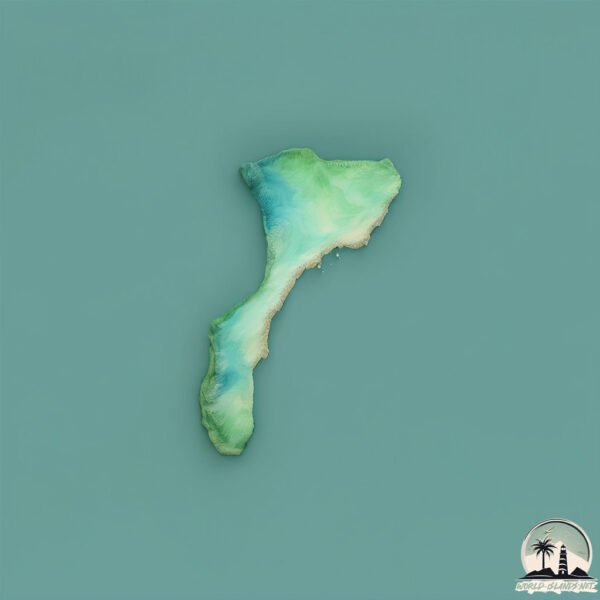Welcome to Kuji-do , a Continental island in the Yellow Sea, part of the majestic Pacific Ocean. This guide offers a comprehensive overview of what makes Kuji-do unique – from its geography and climate to its population, infrastructure, and beyond. Dive into the details:
Geography and size of Kuji-do
Size: 0.132 km²Coastline: 2.4 kmOcean: Pacific OceanSea: Yellow SeaContinent: Asia
Kuji-do is a Tiny Island spanning 0.132 km² with a coastline of 2.4 km.
Archipel: –
Tectonic Plate: Eurasia – One of the world’s largest tectonic plates, the Eurasian Plate covers a significant portion of Europe and Asia. It’s characterized by diverse geological features, including the Ural Mountains, the European Plain, and the Himalayas formed from its collision with the Indian Plate.
The geographic heart of the island is pinpointed at these coordinates:
Climate and weather of Kuji-do
Climate Zone: ContinentalClimate Details: Monsoon-Influenced Hot-Summer Humid Continental ClimateTemperature: Hot Summer
Climate Characteristics: Hot summers with monsoon rains, contrasting with dry, cold winters. Typical of east Asian continental edges.
Topography and nature of Kuji-do
Timezone: UTC+09:00Timezone places: Asia/TokyoMax. Elevation: -1 m Mean Elevation: -2 mVegetation: Open WoodlandTree Coverage: 52%
The mean elevation is -2 m. Remarkably, this unique island barely emerges above the sea level, showcasing nature’s fascinating interplay with the ocean. The island is characterized by Plains: Flat, low-lying lands characterized by a maximum elevation of up to 200 meters. On islands, plains are typically coastal lowlands or central flat areas.
Dominating Vegetation: Open Woodland
Vegetation: 1 vegetation zones – Minimal Diversity Island
Infrastructure and Travelling to Kuji-do
Does the island have a public airport? no .
Does the island have a major port? no .
The mean population of Kuji-do is 75 per km². Kuji-do is Gently Populated. The island belongs to South Korea .
Continuing your journey, Sunwi-do is the next notable island, situated merely km away.
TOP OF THE MOUNTAIN NEAR TO THE BEACH STONES AT KUJIDO ISLAND IN SOUTH KOREA
TOP OF THE MOUNTAIN NEAR TO THE BEACH STONES AT KUJIDO ISLAND IN SOUTH KOREA
just following the navigation going to kujido island amazingly we're driven under the water tunnel
Do You Have This PHOBIA?
Fun scopophobia test. Can you make it to the end? #shorts #creepy ...
Fun scopophobia test. Can you make it to the end? #shorts #creepy #scary #scopophobia.
South Korea is classified as Emerging region: MIKT: Mexico, Indonesia, South Korea, and Turkey – Economies recognized for their development potential and emerging market status. The level of income is High income: OECD.
News – Latest Updates and Headlines from Kuji-do
Stay informed with the most recent news and important headlines from Kuji-do. Here’s a roundup of the latest developments.
Loading...
Please note: The data used here has been primarily extracted from satellite readings. Deviations from exact values may occur, particularly regarding the height of elevations and population density. Land area and coastline measurements refer to average values at mean high tide.

